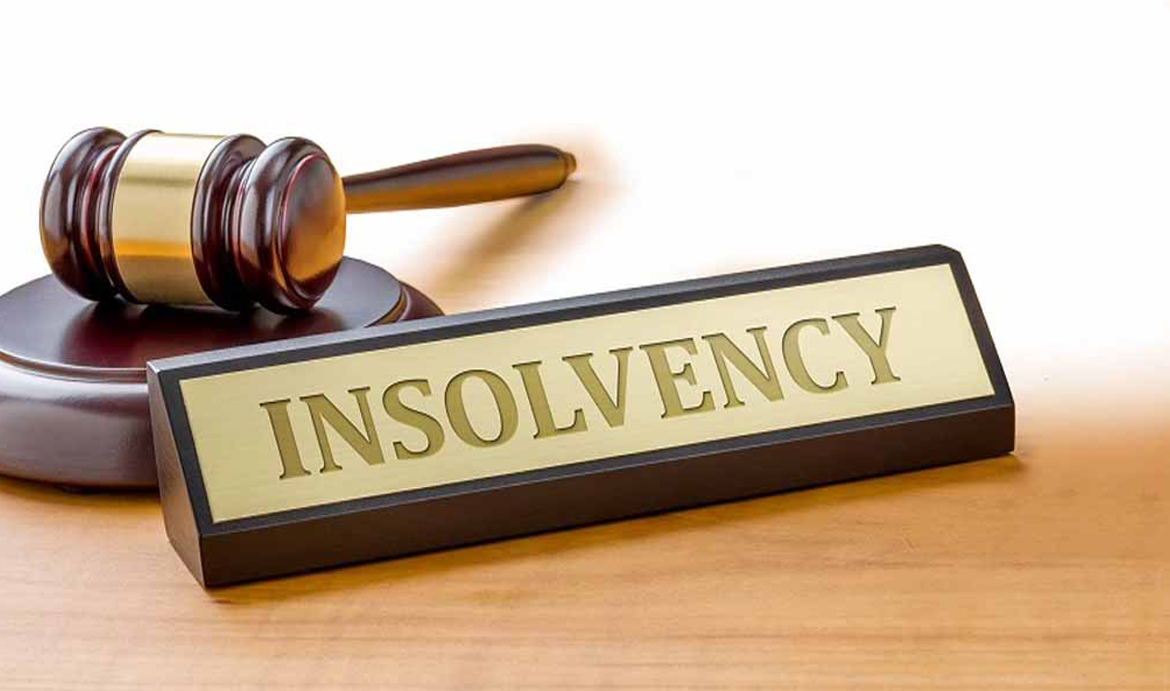Key Insolvency Law Concepts Every Business Owner Should Understand
In the complex world of business, understanding insolvency law is crucial for any owner. Insolvency can have significant ramifications, not only for the business itself but also for its employees, creditors, and stakeholders. This article delves into key concepts of insolvency law that every business owner should be familiar with, ensuring they are well-equipped to navigate potential financial distress.
Understanding Insolvency
Insolvency occurs when a business is unable to meet its financial obligations as they fall due. This situation can arise from various factors, including poor cash flow management, unexpected market changes, or economic downturns. Recognising the signs of insolvency early can be pivotal in mitigating potential losses and exploring available options. It is crucial for business owners to not only be aware of their financial standing but also to understand the broader economic environment that can impact their operations. For instance, fluctuations in interest rates, changes in consumer behaviour, and shifts in regulatory frameworks can all contribute to a company’s financial distress.
Types of Insolvency
There are two primary types of insolvency: cash flow insolvency and balance sheet australian insolvency law. Cash flow insolvency refers to the inability to pay debts as they become due, while balance sheet insolvency occurs when a company’s liabilities exceed its assets. Understanding the distinction is essential for business owners, as it can influence the decisions they need to make regarding the future of their business. Additionally, recognising these types can help in strategising potential recovery plans. For example, a business facing cash flow insolvency might benefit from renegotiating payment terms with suppliers or seeking short-term financing solutions, while a company grappling with balance sheet insolvency may need to consider more drastic measures such as restructuring or selling off non-core assets.
Indicators of Insolvency
Several indicators can signal impending insolvency. These may include persistent cash flow problems, increasing debt levels, and the inability to secure further credit. Additionally, missed payments to creditors and a decline in sales can also serve as warning signs. Business owners should regularly assess their financial health to identify these indicators early. Furthermore, external factors such as changes in market competition or shifts in consumer preferences can exacerbate these indicators, making it even more critical to stay vigilant. Regular financial audits, coupled with a thorough analysis of market trends, can provide invaluable insights into a company’s viability and help in making informed decisions to avert insolvency. Engaging with financial advisors or insolvency practitioners can also offer additional perspectives and strategies tailored to the specific circumstances of the business.
Legal Framework Surrounding Insolvency
In Australia, the legal framework governing insolvency is primarily outlined in the Corporations Act 2001. This legislation provides guidelines on how insolvent companies should be handled, including the roles of administrators, liquidators, and creditors. Understanding this framework is vital for business owners to ensure compliance and protect their interests.
Role of Administrators
When a company faces insolvency, it may enter voluntary administration. An administrator is appointed to assess the company’s financial situation and determine the best course of action. This could involve restructuring the business, selling assets, or ultimately liquidating the company. The administrator’s role is to act in the best interests of all creditors, making their position critical during insolvency proceedings. The administrator must also communicate transparently with stakeholders, providing them with updates on the company’s status and the steps being taken to address the insolvency. This transparency is essential for maintaining trust and ensuring that all parties are informed of their rights and obligations throughout the process.
Liquidation Process
If a company cannot be saved through administration, it may proceed to liquidation. This process involves the winding up of the company’s affairs, selling its assets, and distributing the proceeds to creditors. Liquidation can be voluntary or involuntary, with the latter typically initiated by creditors seeking to recover debts. Understanding the liquidation process is essential for business owners, as it can have lasting implications for their financial future. During liquidation, the appointed liquidator will meticulously evaluate the company’s assets and liabilities, ensuring that all financial records are accurate and up to date. This thorough examination is not only crucial for fair distribution among creditors but also serves to identify any potential misconduct or mismanagement that may have contributed to the company’s downfall. Furthermore, the outcomes of liquidation can significantly impact the personal finances of directors and shareholders, particularly in cases where personal guarantees were provided for company debts.
Insolvency Options for Business Owners
When faced with insolvency, business owners have several options to consider. Each option has its own implications and potential outcomes, making it essential to weigh the pros and cons carefully.
Restructuring
One of the first options to explore is restructuring the business. This may involve renegotiating payment terms with creditors, reducing operational costs, or even changing the business model. A well-executed restructuring plan can help restore financial stability and avoid more drastic measures like liquidation.
Voluntary Administration
As mentioned earlier, voluntary administration is a formal process that allows a company to restructure while under the protection of an administrator. This can provide breathing space for the business to develop a plan to return to profitability. It also offers a level of protection from creditors during the administration period, which can be invaluable for businesses in distress.

Liquidation
In cases where recovery is not feasible, liquidation may be the only option. While this can be a difficult decision, it is sometimes necessary to prevent further losses. Liquidation allows for the orderly winding up of the business, ensuring that creditors are paid as much as possible from the remaining assets.
Impact on Directors and Officers
Insolvency does not only affect the business itself; it also has significant implications for directors and officers. Understanding these implications is crucial for business owners, as they can face personal liability in certain situations.
Directors’ Duties
Under the Corporations Act, directors have a duty to act in the best interests of the company and its creditors when insolvency is imminent. Failing to do so can result in personal liability, particularly if it can be shown that the directors continued to trade while insolvent. This highlights the importance of seeking professional advice as soon as signs of financial distress emerge.
Personal Liability for Debts
In some cases, directors may be held personally liable for the company’s debts if they have breached their duties. This can include unpaid taxes or employee entitlements. Business owners should be aware of these risks and take proactive steps to protect themselves, such as seeking legal advice and ensuring compliance with all statutory obligations.
Creditors’ Rights and Responsibilities
Understanding the rights and responsibilities of creditors is equally important for business owners. Creditors play a significant role in the insolvency process, and their actions can influence the outcome for the insolvent business.
Creditor Meetings
During the insolvency process, creditors have the right to participate in meetings to discuss the company’s financial situation and the proposed course of action. These meetings provide an opportunity for creditors to voice their concerns and influence decisions regarding the administration or liquidation of the company.
Claims and Priorities
In the event of liquidation, creditors must understand the hierarchy of claims. Secured creditors typically have the first claim on the company’s assets, followed by unsecured creditors and shareholders. This hierarchy can significantly impact the amount recovered by each creditor, making it essential for business owners to communicate transparently with their creditors throughout the process.
Preventing Insolvency
While understanding insolvency law is vital, prevention is always better than cure. Business owners should adopt proactive measures to mitigate the risk of insolvency and ensure long-term financial stability.
Financial Management Practices
Implementing sound financial management practices is crucial for preventing insolvency. This includes regular cash flow monitoring, budgeting, and forecasting. By maintaining a clear view of the company’s financial position, business owners can make informed decisions and take timely action to address potential issues.
Seeking Professional Advice
Engaging with financial advisors or insolvency practitioners can provide invaluable insights into managing a business’s financial health. These professionals can offer guidance on best practices, help identify potential risks, and develop strategies to strengthen the business’s financial position.

Conclusion
Insolvency law is a complex and critical area that every business owner should understand. By familiarising themselves with key concepts such as types of insolvency, the legal framework, and the implications for directors and creditors, business owners can navigate financial distress more effectively. Moreover, implementing proactive financial management practices and seeking professional advice can significantly reduce the risk of insolvency, ensuring the long-term success of the business.
Ultimately, being informed and prepared is the best defence against the uncertainties of business finance. Understanding insolvency law not only protects the business but also the interests of all stakeholders involved.
See Also: When to consult Insolvency Lawyers: warning signs and solutions.

